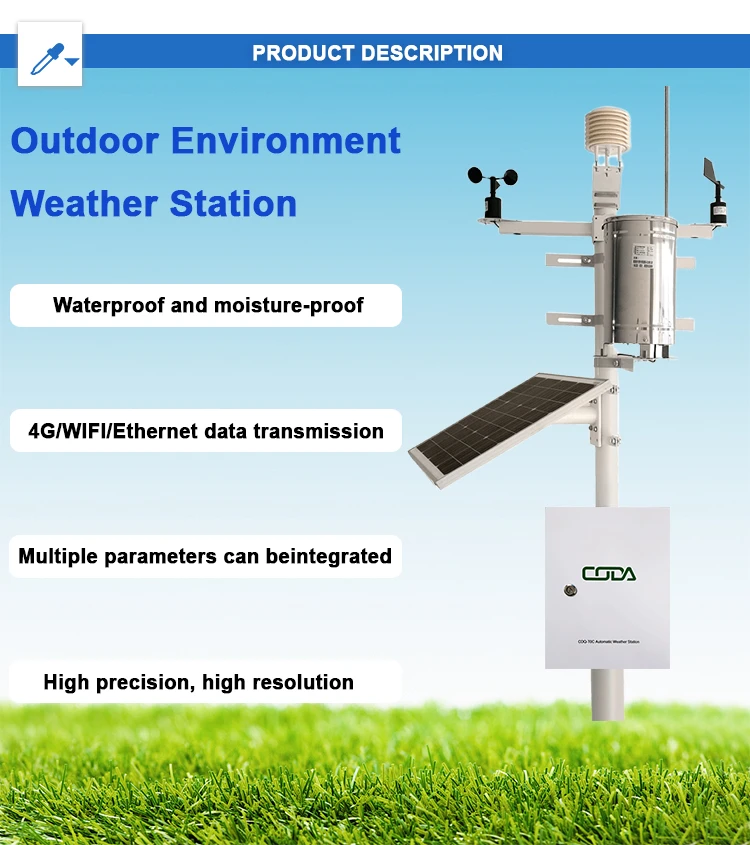
# Advantages and Disadvantages of Automatic Weather Stations
## Introduction
Automatic Weather Stations (AWS) have revolutionized the way we collect and analyze meteorological data. These self-contained systems provide continuous weather monitoring without the need for constant human intervention. While they offer numerous benefits, they also come with certain limitations that users should consider.
## Advantages of Automatic Weather Stations
### 1. Continuous Data Collection
One of the primary advantages of AWS is their ability to collect weather data 24/7 without interruption. Unlike manual stations that require human observers, automatic systems can operate continuously, providing a more comprehensive dataset.
### 2. Remote Monitoring Capabilities
AWS can be installed in remote or hazardous locations where human observation would be difficult or dangerous. This allows for weather monitoring in areas that were previously inaccessible, such as mountaintops, deserts, or offshore platforms.
### 3. High Accuracy and Precision
Modern automatic weather stations are equipped with sophisticated sensors that provide highly accurate measurements. They eliminate human errors in reading instruments and can detect subtle changes in weather conditions that might be missed by manual observation.
### 4. Real-time Data Transmission
Most AWS systems can transmit data in real-time via various communication methods (radio, satellite, cellular networks). This immediate data availability is crucial for weather forecasting, agricultural planning, and emergency response.
### 5. Cost-effective in Long Term
While the initial investment may be significant, AWS typically require less maintenance and labor costs compared to manned weather stations over time. They can operate for extended periods with minimal human intervention.
## Disadvantages of Automatic Weather Stations
### 1. High Initial Costs
The upfront cost of purchasing and installing an automatic weather station can be substantial, especially for high-quality systems with multiple sensors and reliable communication capabilities.
### 2. Maintenance Requirements
While AWS require less daily attention than manned stations, they still need regular maintenance. Sensors require calibration, and the system needs protection from environmental factors like dust, moisture, and extreme temperatures.
### 3. Potential for Data Gaps
Technical failures, power outages, or communication problems can lead to missing data. Unlike manned stations where observers might notice and compensate for instrument failures, AWS might continue operating with faulty sensors until the next maintenance check.
### 4. Limited Flexibility
Automatic stations are programmed to measure specific parameters at set intervals. They lack the human observer’s ability to notice unusual weather phenomena or make subjective assessments of conditions like cloud types or visibility.
### 5. Dependence on Power Supply
Most AWS require a continuous power source, which can be challenging in remote locations. While some use solar power, periods of limited sunlight can affect operation in certain climates or seasons.
## Conclusion
Automatic Weather Stations offer significant advantages in terms of continuous operation, remote monitoring, and data accuracy. However, they come with challenges including high initial costs, maintenance requirements, and potential data gaps. The decision to implement an AWS should be based on specific needs, budget considerations, and the importance of real-time data versus potential reliability issues. For many applications, the benefits outweigh the disadvantages, making AWS an increasingly popular choice for weather monitoring worldwide.